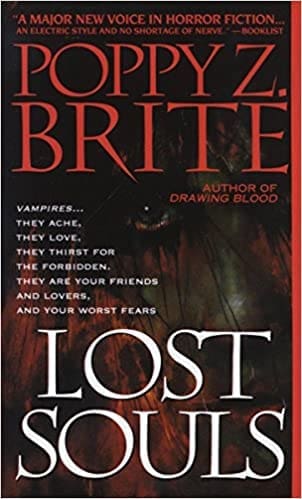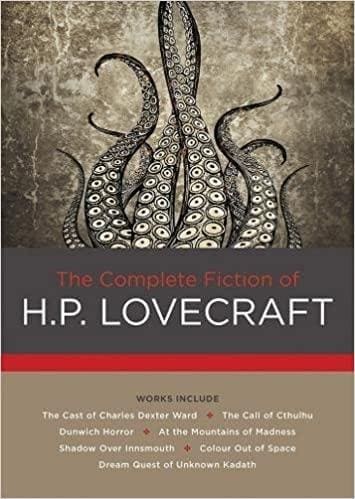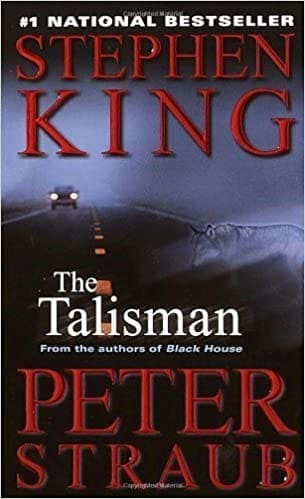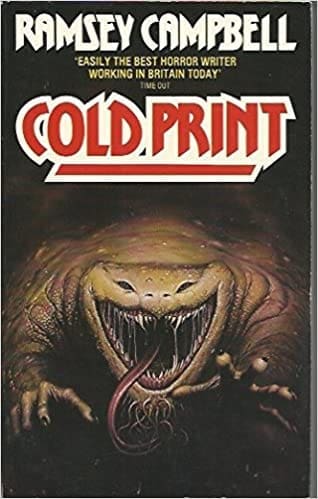Epeolatry Book Review: World War Cthulhu, ed. Brian M. Sammons & Glynn Owen Barrass

Disclosure:
Our reviews may contain affiliate links. If you purchase something through the links in this article we may receive a small commission or referral fee. This happens without any additional cost to you.
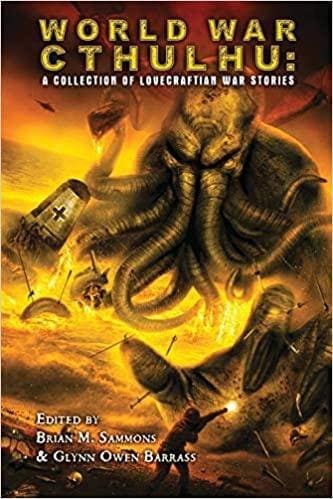
Title: World War Cthulhu – A Collection of Lovecraftian War Stories
Author: Various, ed. Brian M. Sammons & Glynn Owen Barrass
Genre: Horror/Sci-Fi
Publisher: Dark Regions Press
Release Date: 12th August, 2014
Synopsis: The world is at war against things that slink and gibber in the darkness, and titans that stride from world to world, sewing madness and death. War has existed in one form or another since the dawn of human civilization, and before then, Elder terrors battled it out across this planet and this known universe in ways unimaginable.
It has always been a losing battle for our side since time began. Incidents like the Innsmouth raid, chronicled by H.P. Lovecraft, mere blips of victory against an insurmountable foe. Still we fight, against these incredible odds, in an unending nightmare, we fight, and why? For victory, for land, for a political ideal? No, mankind fights for survival.
Our authors, John Shirley, Mark Rainey, Wilum Pugmire, William Meikle, Tim Curran, Jeffrey Thomas and many others have gathered here to share war stories from the eternal struggle against the darkness. This book chronicles these desperate battles from across the ages, including Roman Britain, The American Civil War, World War Two, The Vietnam Conflict, and even into the far future.
Every story within this edition of World War Cthulhu: A Collection of Lovecraftian War Stories features an original color illustration by artist Wayne Miller.
Dark Regions Press produces a regular supply of genre-fiction anthologies. The same highly experienced writers appear many times. Dark Regions Press authors have been drenched in horror for decades, and I’ve never yet known a book from editors Brian M Sammons and Glynn Owen Barrass that left me disappointed. In short, these guys know their stuff.
The anthology’s general theme is warfare, and the setting is the Cthulhu Mythos. Both requirements provide significant scope for authorial flexibility. The feel was never predictable or limited. Armed struggle is one of the great truths of mankind’s existence, and the conflicts featured here—from Ancient Greece to Vietnam, the near future (2087) to World War 2—exemplify that fact.
Christine Morgan’s “The Ithiliad” leaps right into the Cthulhu feel, opening with the invocation ‘Father Dagon, hear my prayer’. It was an excellent story that really brought the heroes of the Trojan wars to life, while offering a disturbing glimpse of the dark vengefulness deep within their breasts. The tale provides a cosmic origin for their deities quite unlike that of accepted wisdom.
By contrast, “The Boonieman” by Edward M. Erdelac is set during the Vietnam War. The Americans encounter Rin, a village ‘be gio’ or sorcerer about to conduct a sacrifice designed to appease the ‘caan’, the evil spirit of their mountain home. When the caan appears in embodied form it is a terrifying vision worthy of the label ‘Lovecraftian’.
I enjoyed each piece of fiction in this anthology, and I appreciated the sheer variety of narrative and style on offer. This is the second Dark Regions Press anthology I’ve reviewed recently, and it would be remiss of me as a reviewer not to mention that both books I’ve read have included only one, solitary female author apiece in an otherwise wholly male lineup. This may partly be a product of the closed-submissions process described in the introduction, a method that tends towards conservatism. This traditionalism is not reflected in the variety of writers published by Dark Regions Press as a whole, but it was a very notable feature of both anthologies that the female writer’s voice was almost entirely absent.
In addition to an evocative cover from Vincent Chong, the anthology contained a plethora of black and white images drawn by M Wayne Miller. These were lovely, providing another effective means to draw together the individual stories into a coherent whole that fitted together perfectly. In a book I enjoyed enormously, the illustrations worked every bit as hard as the stories to make that happen.
Another gem from a well-known and well-respected player on the modern horror scene.
![]() out of 5 ravens
out of 5 ravens

